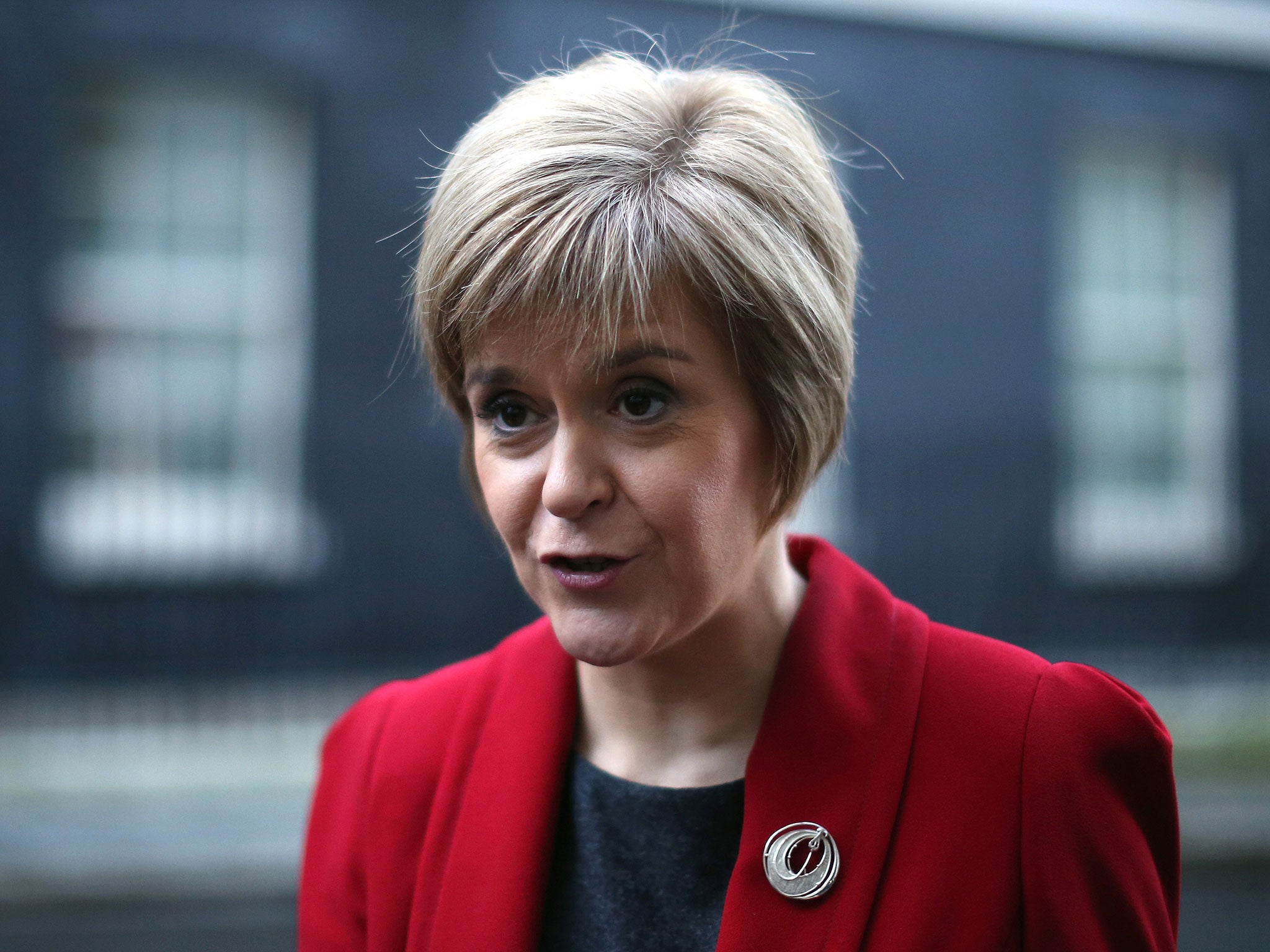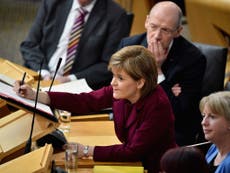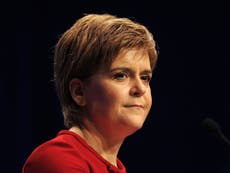Despite new debates, the SNP still risks being seen as little more than style over substance
At the weekend Ms Sturgeon promised her “renewed” independence pitch would be both “realistic” and “relevant”, a recognition that at points during the 2012-14 referendum campaign the Yes proposition was neithe

The Scottish National Party has long been skilled in the art of political choreography, carefully planning its activity in order to maximize its profile and plaudits.
And so no sooner had 2015 given way to 2016, another election year, than First Minister Nicola Sturgeon set the agenda by proclaiming the fifth battle for Holyrood under way.
Yesterday she led a debate in the Scottish Parliament, the opening salvo in a steady volley of policy pledges over the coming weeks, covering everything from replacing the Council Tax to a “renewed” debate about independence.
But, as ever with Scotland’s governing party, there’s a risk all this, accompanied by the usual slick PR and equally slick social media, becomes little more than another triumph of style over substance. In other words, the moves might look good from the rear stalls, but up close there’s still little tangible progress after nearly nine years on the political stage.
And given the increasingly presidential nature of Scottish politics – as her party’s biggest asset Ms Sturgeon will be omnipresent until May – this might not matter very much, although equally there’s a risk that as her star wanes so does that of the party and independence movement, a possibility the First Minister is savvy enough to be aware of.
So on Tuesday afternoon all the usual rhetoric was in place. The SNP leader said she took nothing for granted but would ask Scots to re-elect her administration on the strength of its “record, our ideas and our vision for the future of this country”, while patting herself on the back for having created “a flourishing of democratic debate” and therefore “renewed national confidence”.
Your average voter, particularly those already inclined to vote for the SNP, likes hearing this sort of stuff; it makes them feel good about themselves and the country. But the challenge for Nicola Sturgeon, as it’s been since she took over as First Minister fourteen months ago, is to move beyond hope-fuelled rhetoric and into the real world.
There are signs that she gets this, particularly when it comes to education, which the SNP says will be “front and centre” of its plans for the next parliamentary term. That is surely laudable, although education has been “front and centre” every year since 2007 and on certain key measurements it’s not getting any better.
This week the Scottish Government will publish a National Improvement Framework for Education designed to spark a four-month debate ahead of the election. Top priority is closing the attainment gap, which has worsened in recent years, and something Labour and the Tories have been highlighting relentlessly as proof the SNP hasn’t lived up to its own hype.
Health is also contentious, with the NHS in Scotland under the usual stresses and strains. Again, Ms Sturgeon has promised “detailed plans” to turn this round, while yesterday she pledged to double government-funded childcare to 30 hours a week.
Health and education are both long-standing devolved responsibilities, but Ms Sturgeon also promised to set out (before the end of March) a “distinctively Scottish approach to social security” using new powers, as well as explaining how the Scottish Government will use, “fairly and progressively”, forthcoming discretion over income tax. Soon, meanwhile, the SNP will reveal proposals for “a fairer and more progressive system” of local government taxation.
And having hitherto played down talk of another independence referendum, the First Minister also told MSPs she was “confident” that over the next few years she and her party would build majority support “for Scotland becoming an independent country”. It’ll be interesting to see what form that takes, particularly in the midst of an ongoing crisis in the Aberdeen-based oil industry.
At the weekend Ms Sturgeon promised her “renewed” independence pitch would be both “realistic” and “relevant”, a recognition that at points during the 2012-14 referendum campaign the Yes proposition was neither. But, again, there’s a risk that the SNP simply repackages some rather threadbare arguments rather than fundamentally reassessing them.
Yesterday the SNP’s official twitter account posted key sentences from the First Minister’s speech, all concluding with the hashtag #BothVotesSNP, an indication that the party intends to fight for every possible seat – just as it did with marked success back in 2011.
It’s perfectly possible it will succeed, perhaps even increasing its overall majority and consolidating Nationalist hegemony for the remainder of 2016 and beyond, although in a world of identity politics (sometimes bordering on showbiz), that is a less impressive achievement than it initially appears.
All the policies outlined above could turn out to be pretty radical – they’re certainly intended to look that way – but the proof will be in the pudding, and the SNP has form for dazzling its loyal membership and broad electoral coalition with “progressive” pirouettes while ultimately falling back on a dull but adequate waltz.



Join our commenting forum
Join thought-provoking conversations, follow other Independent readers and see their replies